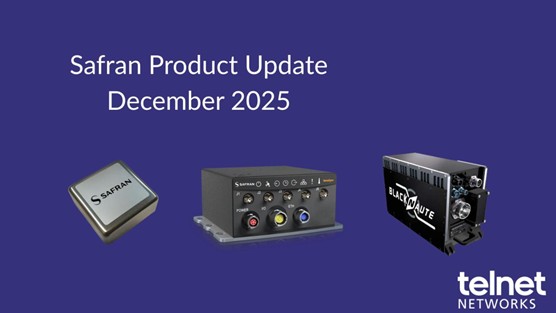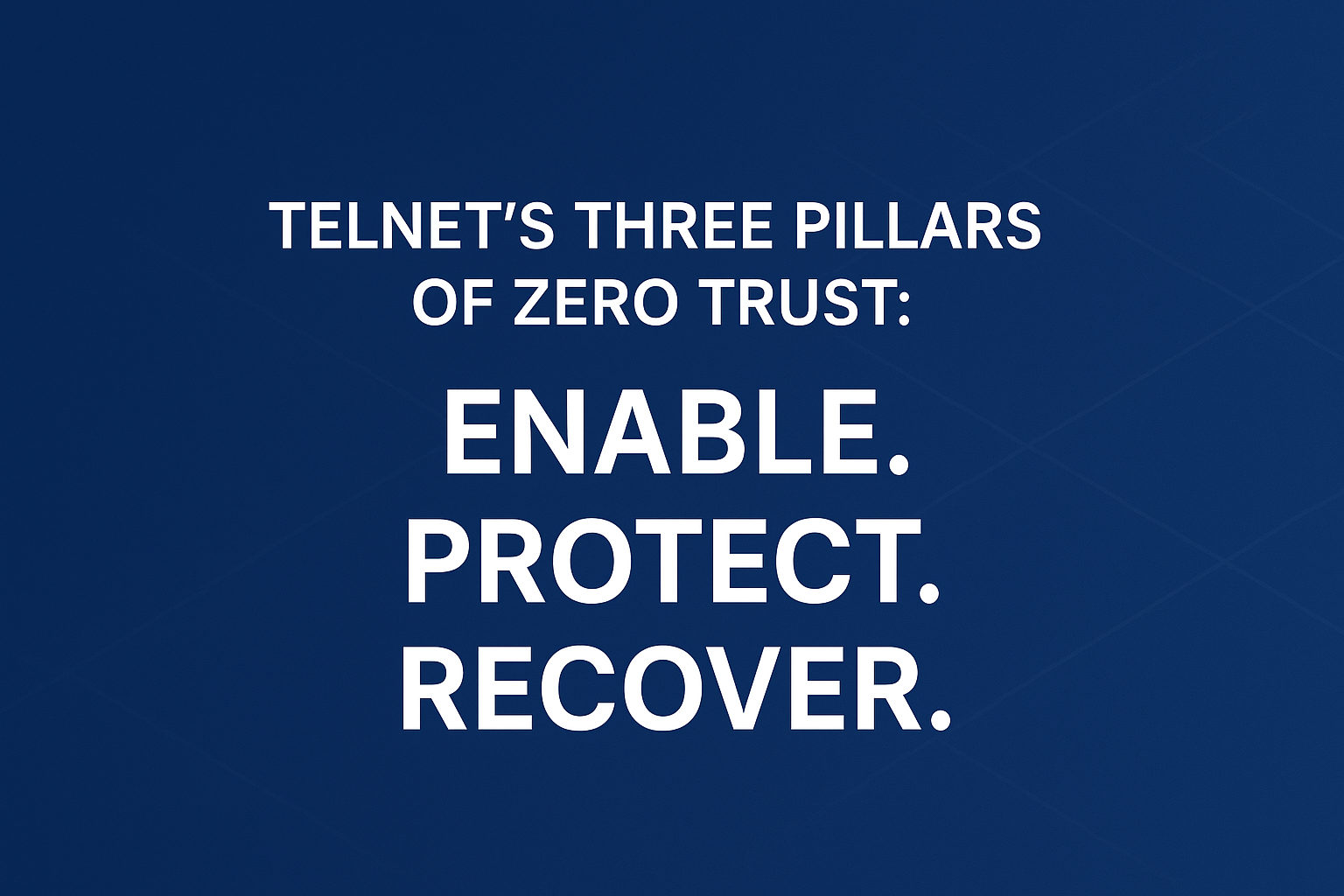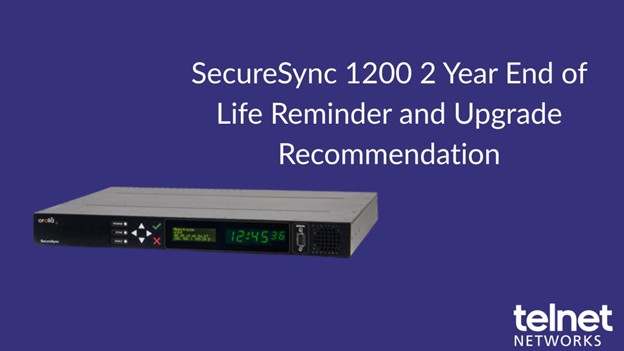In a recent webinar, Best Practices for Security Resilience, Jon Oltsik (an analyst from ESG Research Group) and I discussed the topic of network security resilience. The basic concept is that it is not a question of “IF” your company network will be breached, but “WHEN”. The real question for you to answer is, “How painful do you want that breach to be?”
You obviously want to do everything you can to prevent a breach, but the odds are that you will be attacked (probably multiple times) and one of those attacks will be successful. So now what? You really do not want to put all of your eggs into a defensive approach and neglect what happens after the bad actor gets through the door. You need to have a plan to stop, or at least limit, the exfiltration of data.
The Network Security Resilience concept is focused on this question – once an attack has been successful, how can you limit the damage that a bad actor or malware can do? The first thing is to keep in mind that the average time from intrusion to detection of a security breach takes 191 days, according to a Ponemon Institute study. A second item is that over half of victimized companies never discover the breach themselves—they are informed by law enforcement, business partners, customers, or someone else about the breach (according to a 2017 Trustwave report). A third item is that a majority (68% according to the 2016 Verizon DBIR) of breaches happen over the course of days. So, a rapid response can have an effect and limit the exfiltration of some, or maybe even all, personally identifiable data. Limiting this data exfiltration is what will limit the cost of a breach because it limits the company’s liability – no data loss means no fines and no public reporting of the incident.
When you put these facts together, you have a solid approach. Invest in the right set of capabilities that let you know that you have, in fact, been breached and implement those capabilities so that you know in a reasonable amount, i.e. six months is not reasonable and even one month is probably not reasonable. At the same time, you do not have to know within seconds or minutes (although that would be very nice) but you do need to know in a reasonable amount of time. You pick that interval.
Network security resilience is a concept focused solely on this endeavor. It is all about trying to minimize corporate risk and the cost of a breach. The intent is to create a solution that identifies indicators of compromise and gives you actionable information to get the network back up and running (after a breach has occurred) as fast as possible.
Watch this webinar below to get an overview of network security resilience and several tactics that you can implement to see indicators of compromise and limit data exfiltration.
Thank you to Keith Bromley, from Ixia for the article.






